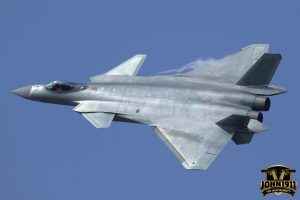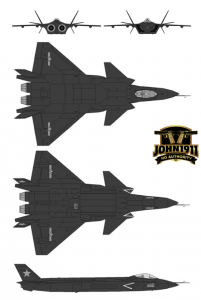In April 2018 the Indian Air Force held its largest exercise ever, flying 11,000 sorties of all kinds over 11-days. The exercise generated some excitement when the IAF said it had detected a Chinese J-20 stealth fighter over Tibet at long range. The affair is discussed at length by Stephen Bryen who has impressive academic credentials and government experience. The story, however, is not true. Indian Air Force expert Angad Singh points to an article which gives the correct story. The IAF Chief clearly refers to the ability of a Signals Unit to pick up the J-20; there is no mention of SU-30s. Moreover, as Angad explains, detecting is not the same thing as tracking.
No one except the Chinese has claimed the J-20 is a stealth aircraft. Indeed, the Washington, DC based Center for Strategic and International Studies with large funding, hundreds of Big Brains, and close contacts with the US Government lists J-20 as a 4Gen fighter.
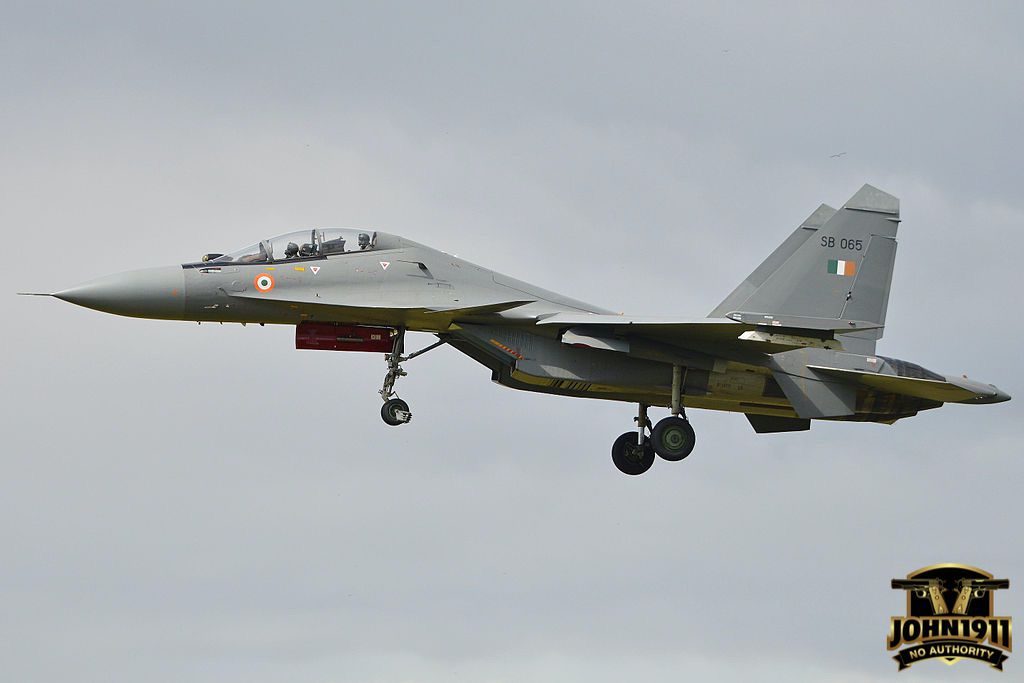
Take the Su-57/PAK-FA that was under joint developed by India and Russia. India just pulled out of the deal, with one source saying it was “junk”. An analysis in the UK’s Express assesses that the Russians never even tried to make the Su-57 stealthy. Another article using the same source says Russia did not intend the aircraft to be stealth, but a stealth-killer. Regardless, the Russian Air Force has given the plane a kiss-off. It has been forced to order a handful it doesn’t want, so it couldn’t be working too well as a stealth-killer. Yet an article with detailed statistics on the F-22 versus the PAK-FA claims that the Russian plane is generally as good as the F-22 and even superior is many categories. The article even claims the Radar Cross Section of the US plane is 0.4 versus the Russian’s 0.5 (maximum in both cases). Which is odd considering the Russian plane is not stealthy in the least.
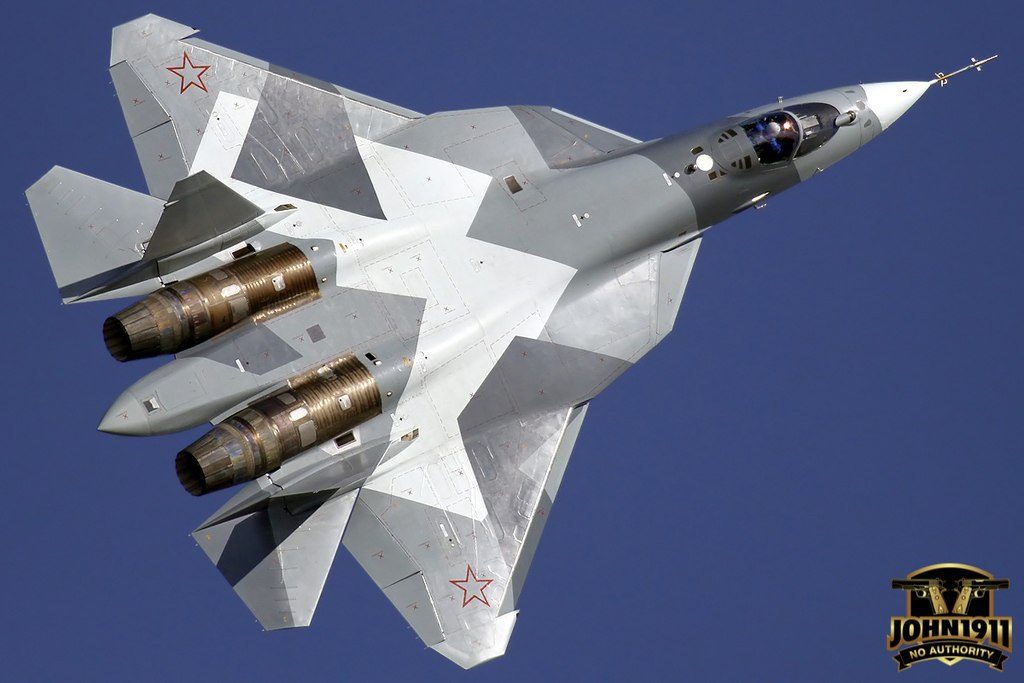
The other question is, where did this writer get the 22 detailed performance parameters for both the F-22 and the PAK-FA? When you look at the article, you may reasonably suspect that the Sukhoi bureau has done some excellent public relations. So it is with China’s J-20. In both cases we have western media using sensational headlines for competitive viewer market advantage by giving the reading public a misleading picture.
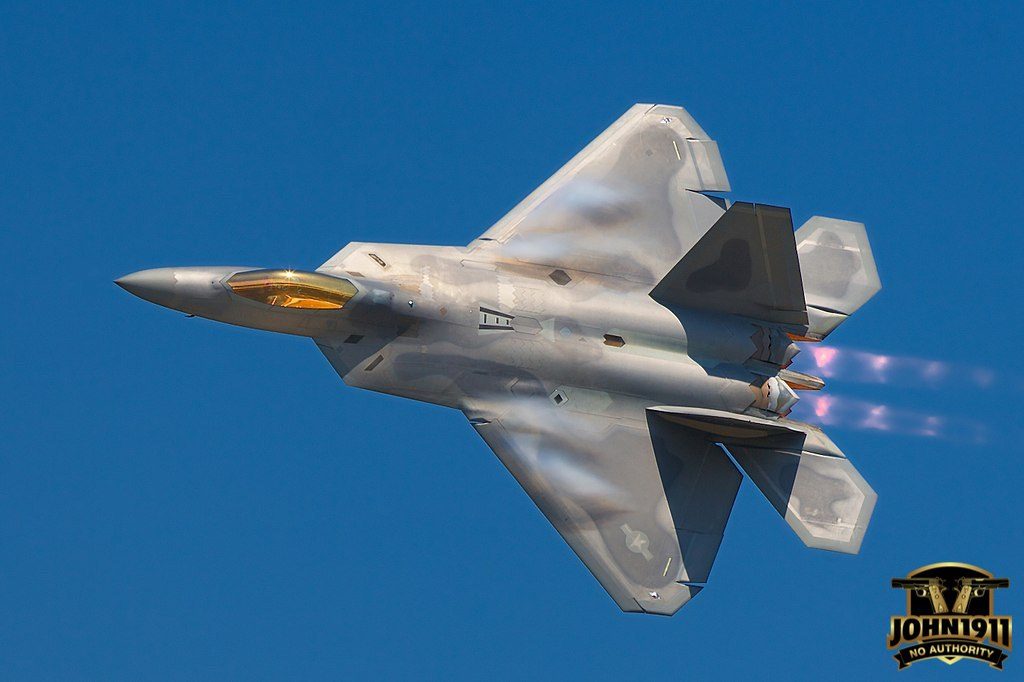
Despite many aviation experts repeatedly making the point, folks still misunderstand what “stealth” means. It does not mean invisible. It means only a stealth plane can detect an adversary before the adversary knows it has been detected. This allows the stealth fighter to fire off Beyond Visual Range missiles. It’s the advantage of the faster draw, not that the stealth fighter has donned Harry Potter’s Cloak of Invisibility. If a stealth fighter gets close enough to an adversary, the latter can detect and track it just as a non-stealthy fighter can. BVRs are a story in themselves. They are not lasers, where firing is almost synonymous with a kill or at least a hit. They have their own problems.
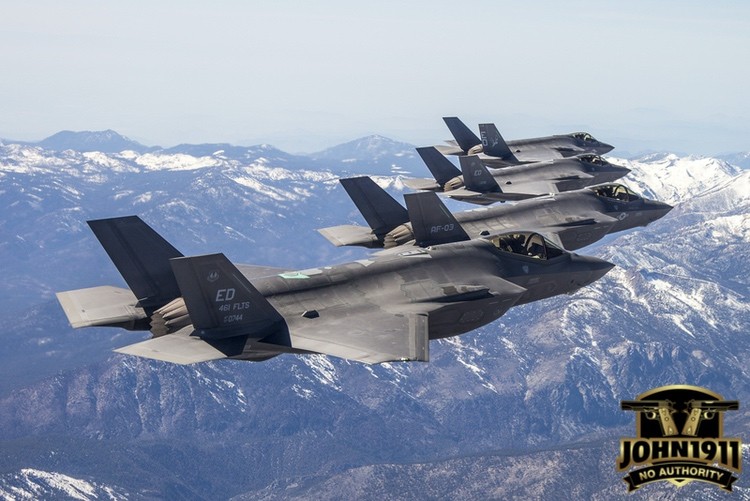
Every weapon systems embodies a series of compromises. Many of these compromises are not made public. It is always better not to attribute super-powers to any weapon, and important to ask: “What are the operating parameters you are using?” Please note that with the F-22, for all its revolutionary capabilities, the US also wanted large numbers. Seven-hundred-and-fifty, to be precise. Similarly, the F-35 is less stealthy than the F-22, and deliberately so because of reasons too boring to discuss here. The US wants bulk also for the F-35, 2,500 aircraft. That indicates it is no magic weapon. But add up incremental advantages of dozens of systems, and you can get revolutionary results in combat. Until the other side catches up with you.
Ravi
“Shooting Guns & Having Fun”
- Ukraine Quick Update 6-20-22 - June 22, 2022
- Mariupol Order of Battle - May 2, 2022
- Ukraine update April 14, 2022 0900 US EDT - April 14, 2022



